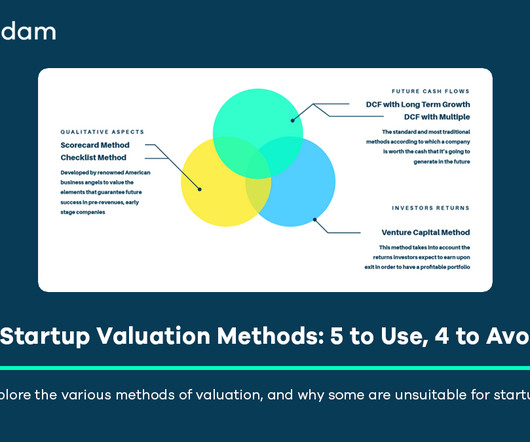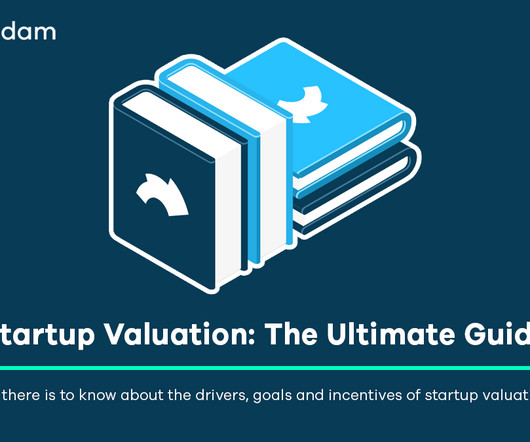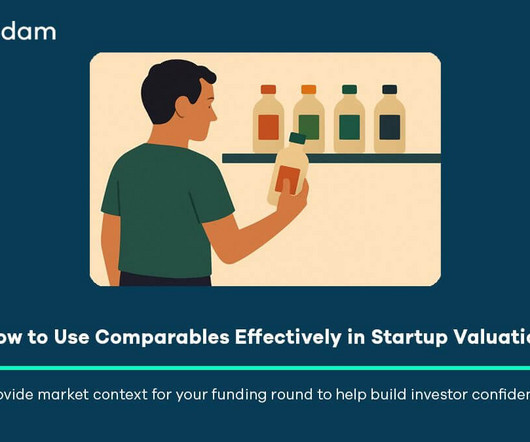The Role of Industry Assignment in Business Valuation: A Comprehensive Guide
Equilest
SEPTEMBER 14, 2024
Different industries have unique risk profiles, growth trajectories, and financial benchmarks that directly affect the business’s worth. Industry-Specific Risks and Opportunities Every industry comes with specific risks and opportunities.












Let's personalize your content